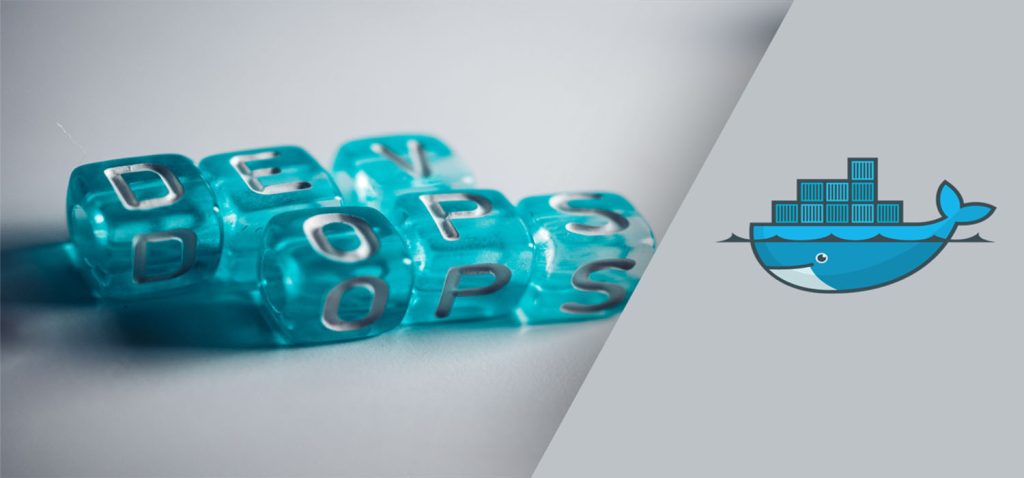Software development and deployment have been transformed by the emergence of Docker and DevOps methods. While DevOps prioritizes cooperation, automation, and continuous delivery, Docker, with its containerization technology, offers apps a consistent and portable environment. Docker and DevOps work together to create strong pipelines for Continuous Integration and Continuous Deployment (CI/CD), which guarantees scalable, dependable, and quick software delivery. This blog discusses best practices, resources, and methods for developing a Docker-based continuous integration/continuous delivery pipeline.

Understanding CI/CD and Its Importance
CI/CD is a technique that involves automating app development processes in order to regularly deliver apps to users. Continuous delivery, continuous deployment, and continuous integration are the key ideas behind CI/CD.
- Continuous Integration (CI)
- When code changes, developers automatically build and test it from a common repository. CI seeks to minimize integration problems and deliver fast feedback.
- Continuous Deployment (CD)
- All code changes that clear the production pipeline’s stages are made available to clients. This guarantees that the program is consistently in a deployable state.
- Continuous Delivery
- This is comparable to continuous deployment, except it needs human approval before it can be deployed to production.
Why Use Docker for CI/CD?
Docker enhances CI/CD pipelines in several ways:
- Consistency
- Docker containers solve the “works on my machine” issue by guaranteeing the same environment for development, testing, and production.
- Isolation
- Applications and their dependencies are contained within containers, which creates separate environments for deployments, tests, and build processes.
- Scalability
- The ease of scaling up or down Docker containers enables effective resource use at various phases of the CI/CD process.
Key Components of a Docker-based CI/CD Pipeline
A typical Docker-based CI/CD pipeline involves the following stages:
- Source Code Management (SCM): SCM includes tracking changes and managing the source code. Git is the most widely used source code management solution, utilized by Bitbucket, GitHub, and GitLab.
- Best Practices:
- Use branching techniques to handle code changes, such as GitFlow.
- To guarantee code quality, put pull requests and code reviews into practice.
- Automate the processes of conflict resolution and merging.
- Best Practices:
- Build Automation: Build automation involves compiling the source code into executable artifacts. Docker can be used to create consistent build environments.
- Tools:
- Jenkins: An open-source automation server that supports building, deploying, and automating projects.
- Travis CI: A continuous integration service that integrates with GitHub.
- GitLab CI/CD: Integrated CI/CD functionality within GitLab.
- Tools:
- Testing: Automated testing ensures that code changes do not introduce bugs. Testing can be divided into unit tests, integration tests, and end-to-end tests.
- Tools:
- JUnit: A widely-used testing framework for Java.
- pytest: A framework that makes building simple and scalable test cases in Python.
- Selenium: A tool for browser-based end-to-end testing.
- Tools:
- Containerization: Containerization involves packaging the application and its dependencies into a Docker image. This image can be used across all environments.
- Best Practices:
- Use multi-stage builds to create optimized images.
- Minimize the image size by using smaller base images (e.g.,
alpine). - Avoid running applications as root inside containers.
- Best Practices:
- Deployment: Deployment involves releasing the Docker container to a production environment. Orchestration tools like Kubernetes can manage container deployment, scaling, and operations.
- Tools:
- Kubernetes: An open-source container orchestration platform.
- Docker Swarm: A native clustering and orchestration tool for Docker.
- Tools:
- Monitoring and Feedback: Monitoring ensures that the application runs smoothly in production and helps in identifying issues. Feedback loops allow for continuous improvement.
- Tools:
- Prometheus: A monitoring and alerting toolkit.
- Grafana: An open-source platform for monitoring and observability.
- ELK Stack (Elasticsearch, Logstash, Kibana): For logging and log analysis.
- Tools:
Best Practices for Docker-based CI/CD Pipelines
- Automate Everything
- Automate all stages of the pipeline to reduce human error and improve efficiency.
- Implement Security Scans
- Integrate security scanning tools to identify vulnerabilities in Docker images.
- Version Control Everything
- Use version control for Dockerfiles, configuration files, and infrastructure code.
- Use Immutable Infrastructure
- Treat Docker containers as immutable. Deploy new containers rather than updating existing ones.
- Monitor Continuously
- Implement continuous monitoring to detect and respond to issues promptly.
Conclusion
Using Docker and DevOps techniques to build a CI/CD pipeline facilitates software delivery that is quicker, more dependable, and more scalable. You can guarantee consistency across development, testing, and production environments by including Docker into your CI/CD operations. You can build a safe and effective pipeline that will enable your business to develop and adapt quickly by putting best practices into practice and making the most of the available technologies.
Accept the potential of Docker and DevOps to optimize your development procedures and consistently provide your users with high-caliber applications.
